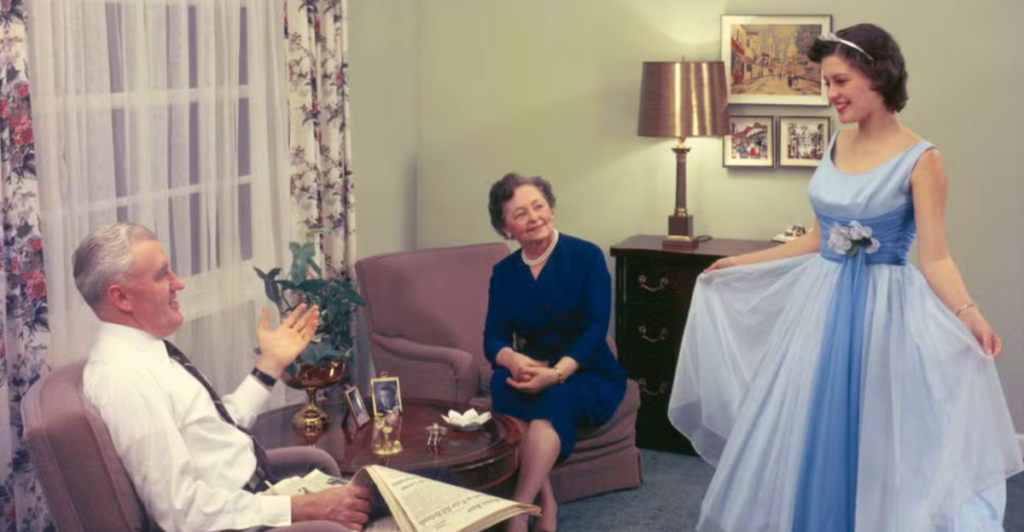
American homes have long reflected the spirit of their time—but not always in ways we imagine.
While midcentury modernism and open-concept designs evoke nostalgia, unexpected forces like wartime rationing, geopolitical tensions, and pet ownership trends shaped interiors in surprising ways.
Take the 1940s, when floral upholstery wasn’t just a trend but a necessity, as fabric mills prioritized military uniforms over modernist ideals. Let’s look at what shaped the home you grew up in.
1940s – War Shortages Sparked Modern Design

With metals reserved for the military, designers turned to plywood and fiberglass—kickstarting the future of midcentury style. Streamlined shapes mirrored bombers, not Bauhaus. Floral upholstery? A byproduct of rationed dyes and leftover prewar fabrics. Even “modular” furniture hid a darker truth: it was built for scarcity. Homes were efficient, not elegant—built more for survival than aesthetics.
1950s – Candy-Colored Kitchens Hid Cold War Anxiety
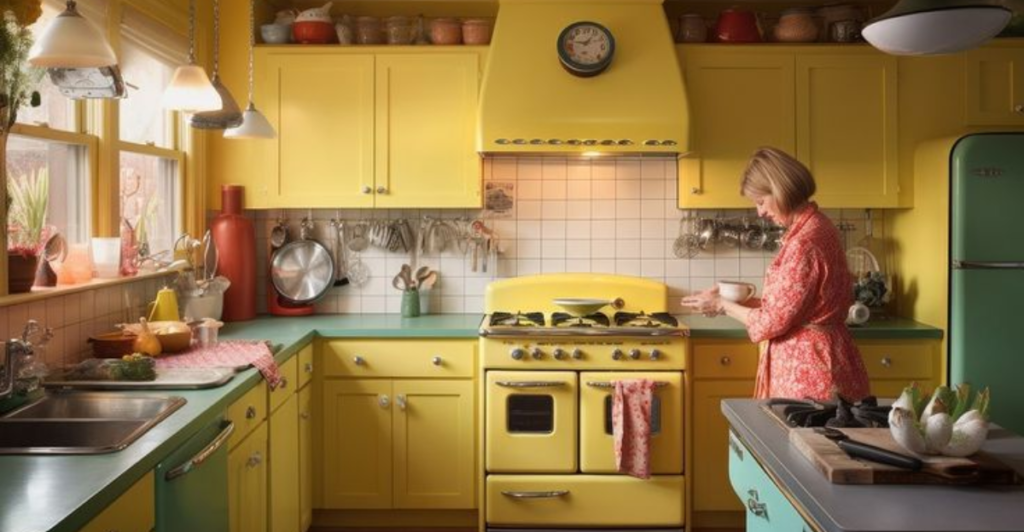
Those pink appliances and mint bathtubs weren’t just fun—they were Cold War coping mechanisms. Kitchens became surveillance hubs during air raid drills. Even the rise of built-in cabinets reflected a need to hide processed, shelf-stable foods. The pastel hues? Derived from chemical dyes developed for bombs. Your mom’s favorite bathroom color may have started in a weapons lab.
1960s – The Space Race Landed in Your Den

Lava lamps and shag rugs weren’t just groovy—they echoed space missions. Acrylic fabrics came from NASA R&D, while sunken living rooms mimicked Mission Control’s ergonomic setups. Even psychedelic wallpapers channeled cosmic exploration. The home became a retrofuturist capsule: equal parts hippie rebellion and Cold War tech optimism.
1970s – Pollution Became Palette

That groovy harvest gold wallpaper? It may have been tinted with industrial waste. After the oil crisis, décor embraced earth tones and macramé not just for style, but to broadcast environmental awareness. Shag carpets served as insulation. Even conversation pits doubled as fallout shelters. Sustainability wasn’t a buzzword—it was an aesthetic born from fear.
1980s – McMansions Were a Tax Strategy
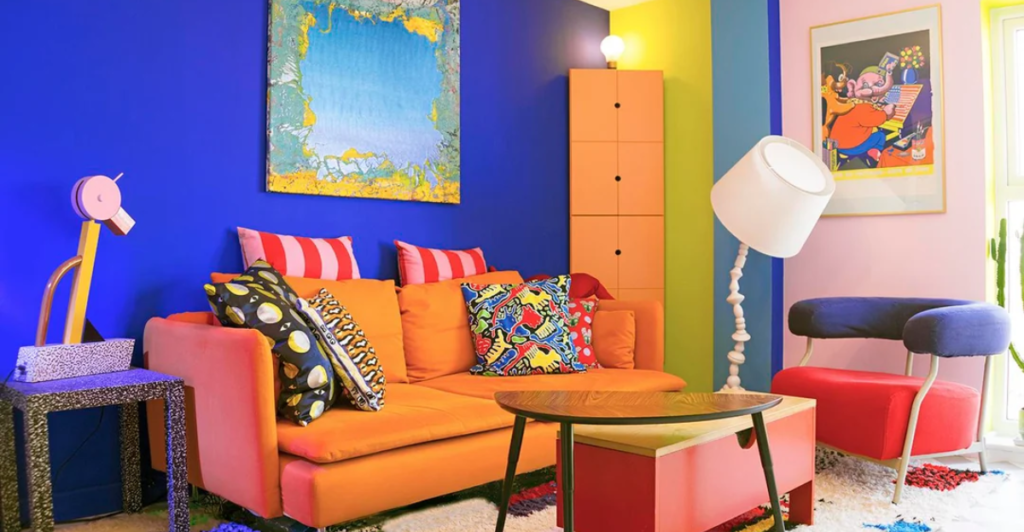
Behind the marble foyers and mirrored ceilings? Reagan-era tax breaks. Oversized homes boomed thanks to mortgage deductions. Cheap drywall hid behind gold fixtures. Even the Memphis Design trend, originally meant to satirize consumerism, was co-opted by developers to sell bland subdivisions. The home was no longer a haven—it was an investment.
1990s – Grunge Met Silicon Valley in the Living Room
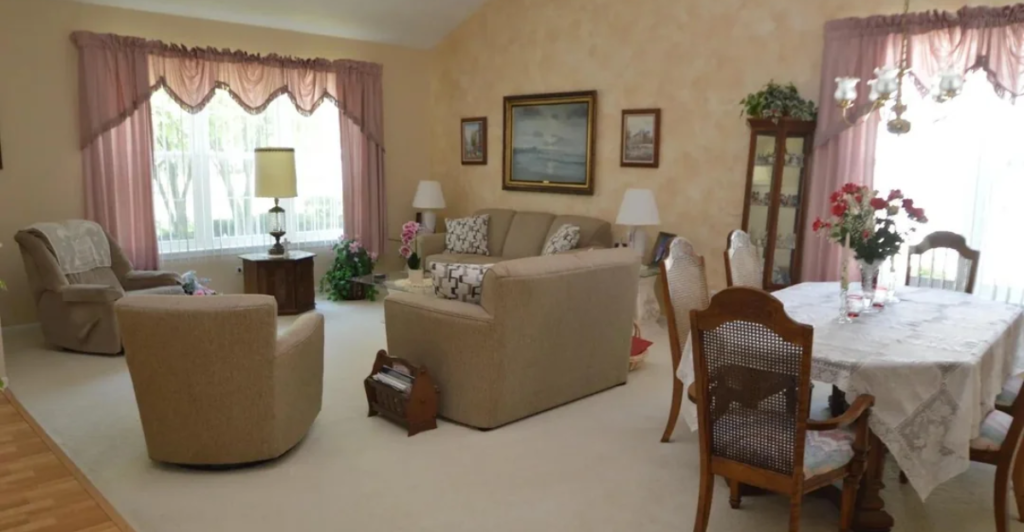
Loft apartments, flannel curtains, and DIY pallet furniture defined the ’90s. But these weren’t just hipster trends—they reflected distrust in institutions post-Waco. Meanwhile, tech shaped interiors: beige PCs inspired neutral palettes, and open shelving echoed startup offices. Popcorn ceilings made a comeback—not for charm, but to hide asbestos damage too costly to fix during the recession.
2000s – Patriotism Took Over the Kitchen
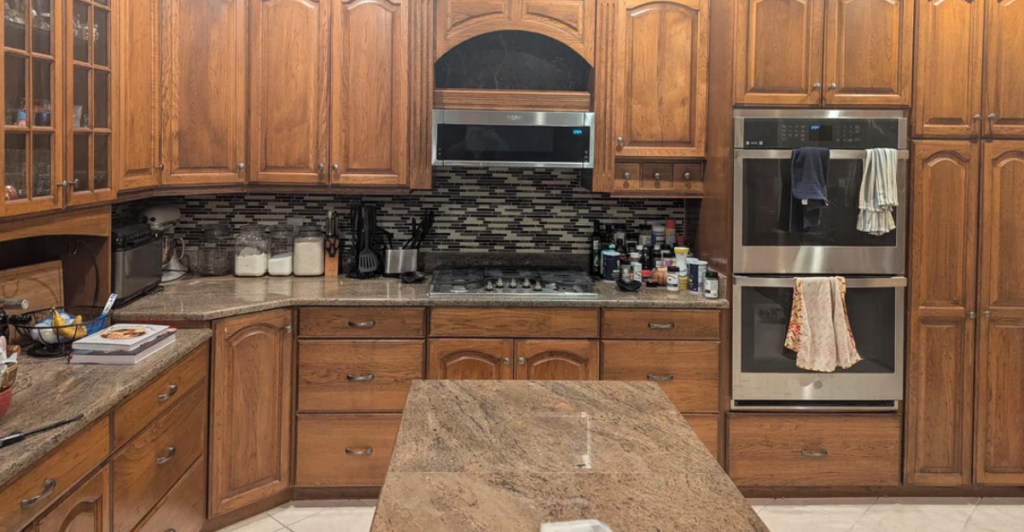
After 9/11, the home turned into a sanctuary of Americana. Rooster tiles, barn doors, and red-white-blue motifs weren’t just nostalgic—they were psychological balm. Open layouts weren’t about flow, but visibility—parents could monitor computer use. The rise of beige “safe rooms” disguised anxiety as comfort. In this decade, design became therapy.
Could the 2020s Be the Most Impersonal Yet?

With AI now shaping everything from color schemes to furniture layout, the next decade may see algorithm-designed homes that optimize mood and productivity—but erase personality. Will future homes feel like tech offices or wellness clinics? As digital culture reshapes analog spaces, the ultimate question becomes: will our homes still reflect us?
Every Home Is a Time Capsule

We don’t just live in homes—we live in cultural echoes. Whether driven by wartime shortages, economic fear, or social media, design trends reveal what we feared, wanted, or tried to hide. As we enter an age of AI-curated homes and 3D-printed neighborhoods, one thing is clear: design isn’t timeless—it’s a timestamp.
Discover more trending stories and Follow us to keep inspiration flowing to your feed!

Craving more home and lifestyle inspiration? Hit Follow to keep the creativity flowing, and let us know your thoughts in the comments below!
